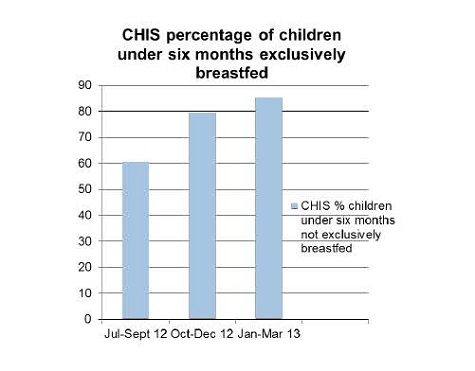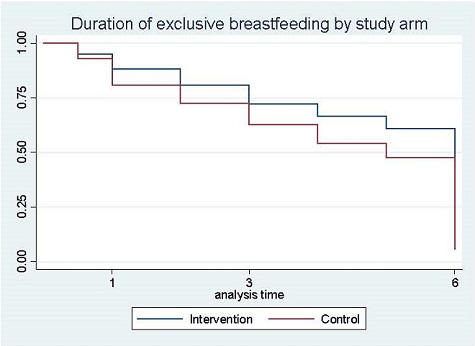The Lactational Amenorrhea Method (LAM) is a modern, temporary contraceptive method based on natural infertility resulting from certain patterns of breastfeeding. A strong legacy of the predecessor ACCESS-FP program was collaborative work to simplify messages for LAM to ease operationalization. To use LAM, women follow three simple criteria: exclusive breastfeeding; amenorrhea; and infant < six months. These criteria can be taught by health providers or community health workers.
LAM supports mothers to exclusively breastfeed their infants for the first six months, which increases the likelihood of infant survival. The method is culturally acceptable and provides an opportunity for both parents to discuss family planning (FP) in the context of healthy spacing for the well-being of their infant. LAM also serves as a gateway to other modern methods; multinational research shows that up to 70% of women who accept LAM use a modern method of contraception at 12 months postpartum.2
MCHIP Approach to the LAM Method
Building on extensive work under ACCESS-FP, MCHIP ensured that LAM was included as a method in its field programs. This included ensuring that national guidelines included accurate information on the method, that registers and the Health Management Information System included LAM as a method that is tracked, and that LAM was included in FP training of service providers and community health workers.
ACCESS-FP and MCHIP LAM Key Activities
- Barrier analyses to understand current practices and beliefs regarding breastfeeding, infant care, postpartum return to fertility and the use of contraception to help design appropriate interventions
- Incorporation of LAM into broader postpartum FP training and programs
- Support to community health workers to raise awareness about LAM as well as the transition to another modern method in community settings
- Use “LAM Ambassadors” (successful LAM users) as community-based champions and advocates for LAM and transition from LAM to another method
Key Results
The Kenya Maternal, Infant and Young Child Nutrition-FP model demonstration iled to increases in breastfeeding recorded in the community health information system. See Figure below:

Similarly, in the Bangladesh Healthy Fertility Study, the interventions at community level in support of LAM and postpartum FP were found to lead to increased duration of exclusive breastfeeding. See Figure below:

—————————
1 Consensus statement: breastfeeding as a family planning method. Lancet 1988; 19 Nov. II (8621): 1204-1205. [2] Kennedy KI, Rivera R, McNeilly A. Consensus statement on the use of breastfeeding as a family planning method. Contraception 1989; 39(5): 477-496.
2 Khan ME 2008. Hight-Laukaran et al. 1997.
